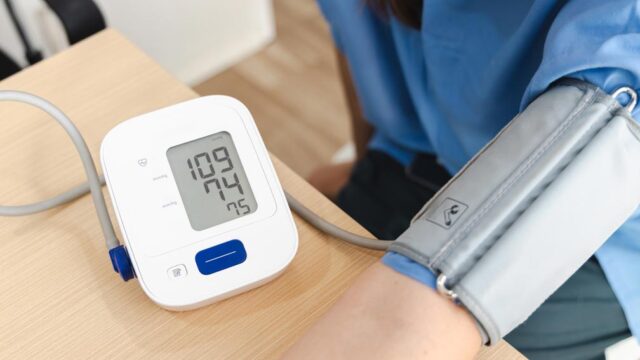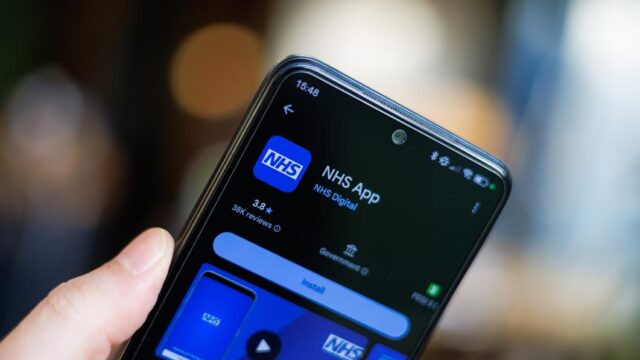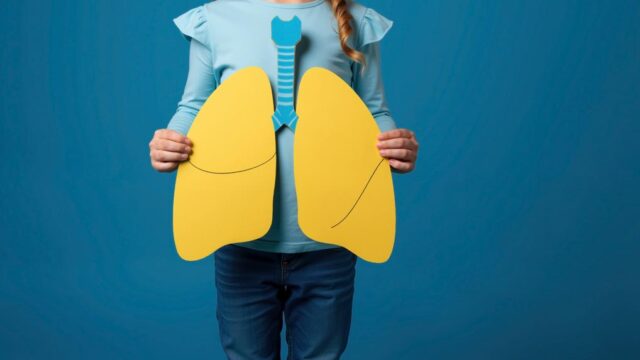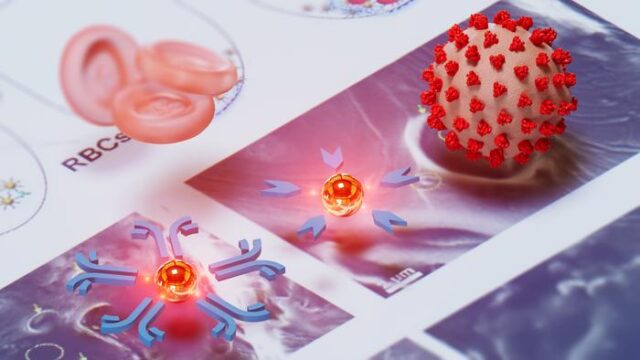Advertisment
Virtual care with remote monitoring catches drug errors and reduces patient pain

Patients using take-home technology following non-elective surgery resulted in significantly greater detection and correction of drug errors, and reduction in patients’ pain, says a national study led by Hamilton researchers.
The study looked at patient outcomes from virtual care and remote automated monitoring (RAM) — video calls with nurses and doctors, and self-monitoring of vital signs using wearable devices.
The research also raised the possibility of a reduction in acute-hospital care as the result of virtual care and RAM.
“We began the study in the first months of the pandemic, when hospitals were challenged to drastically reduce non-emergency care,” said P.J. Devereaux, co-principal investigator of the study.
He is a senior scientist at the Population Health Research Institute (PHRI), professor and director of the division of perioperative care at McMaster University, and a cardiologist and perioperative care physician at Hamilton Health Sciences.
“Our study provides proof of concept that virtual care with RAM can improve outcomes after discharge following non-elective surgery — outcomes that are important to patients,” he said.
Half of 905 post-surgery patients at nine sites in Hamilton, Kingston, London, Ottawa and Edmonton in Canada were randomized to use technology at home — a cellular tablet and RAM equipment to measure their heart rate, blood pressure, oxygen saturation, respiration rate, body temperature and weight — for 30 days after they left the hospital.
These patients also took photos of any surgical wounds, and all data was sent via cellular connection back to the health care team. Patients in this group also had virtual access to a nurse or doctor 24 hours a day and seven days a week.
The other half of patients received standard care, which is to see a health care provider usually in-person within 30 days of hospital discharge, with the impetus on patients to reach out to their surgeon with any concerns about medications or symptoms during that time.
The study found fewer patients with the take-home technology had to return to the hospital for care — 22 per cent compared to 27 per cent of those with standard care.
It also found that more patients in the virtual care group compared to the standard care group had a medication error detected (30% versus 6%, respectively) and corrected (28% versus 4%, respectively).
As well, fewer of the virtual care patients — a difference of 10 to 14 per cent lower — reported pain at different points during the month compared to the standard care group.
“The pandemic is just the tip of the iceberg, in terms of virtual care’s potential, and how healthcare can be transformed,” said the study’s co-principal investigator, Michael McGillion, a PHRI scientist and an associate professor of McMaster’s School of Nursing.
“Frontline nurses have the opportunity to lead the charge in terms of virtual care from hospital to home, in collaboration with physicians and allied health colleagues,” he added.
Analyses suggested that virtual care and RAM reduced the frequency of hospital re-admission, emergency department or urgent-care centre visits when the patient received high escalation of virtual care, such as frequent involvement of a doctor by the nurse in the patient’s care, but not in cases with lower levels of escalation.
The study results were published online today in the British Medical Journal (BMJ).
The authors note in the paper that further trials are needed to improve efficiency, such as not all patients need to interact with a nurse on days 1-15 and every other day from days 16-30 after hospital discharge, and the cost effectiveness of virtual care with RAM.
Journal Reference:
- Michael H McGillion, Joel Parlow, Flavia K Borges, Maura Marcucci, Michael Jacka, Anthony Adili, Manoj M Lalu, Carley Ouellette, Marissa Bird, Sandra Ofori, Pavel S Roshanov, Ameen Patel, Homer Yang, Susan O’Leary, Vikas Tandon, Gavin M Hamilton, Marko Mrkobrada, David Conen, Valerie Harvey, Jennifer Lounsbury, Rajibul Mian, Shrikant I Bangdiwala, Ramiro Arellano, Ted Scott, Gordon H Guyatt, Peggy Gao, Michelle Graham, Rahima Nenshi, Alan J Forster, Mahesh Nagappa, Kelsea Levesque, Kristen Marosi, Sultan Chaudhry, Shariq Haider, Lesly Deuchar, Brandi LeBlanc, Colin J L McCartney, Emil H Schemitsch, Jessica Vincent, Shirley M Pettit, Deborah DuMerton, Angela Djuric Paulin, Marko Simunovic, David C Williams, Samantha Halman, John Harlock, Ralph M Meyer, Dylan A Taylor, Harsha Shanthanna, Christopher M Schlachta, Neil Parry, David R Pichora, Haroon Yousuf, Elizabeth Peter, Andre Lamy, Jeremy Petch, Husein Moloo, Herman Sehmbi, Melissa Waggott, Jessica Shelley, Emilie P Belley-Cote, P J Devereaux. Post-discharge after surgery Virtual Care with Remote Automated Monitoring-1 (PVC-RAM-1) technology versus standard care: randomised controlled trial. BMJ, 2021; n2209 DOI: 1136/bmj.n2209










